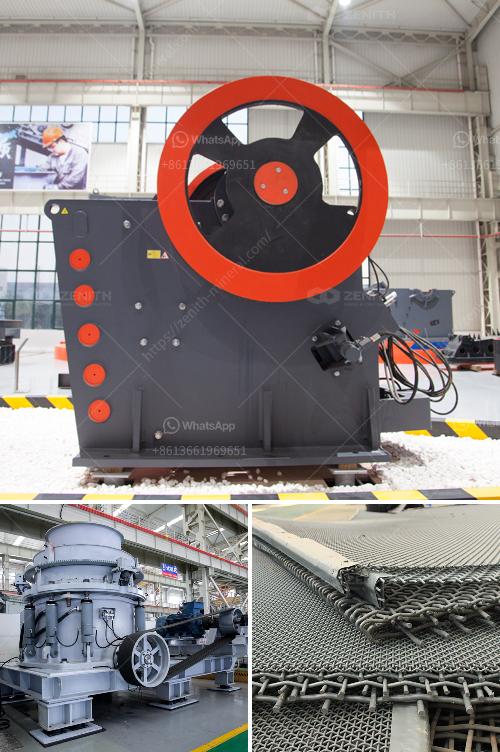A jaw crusher works by using compressive force to break down materials into smaller, more manageable pieces. Here’s a step-by-step explanation of how it operates:
Material Feeding: Raw materials are fed into the jaw crusher from the top opening. This is typically done with the help of a vibrating feeder, which ensures that the material is fed at a constant rate.
Crushing Chamber: Inside the crusher, there are two jaws – a fixed jaw and a moving jaw. The fixed jaw is stationary while the moving jaw moves back and forth relative to it, with the help of a cam or pitman mechanism.
Compression: As the moving jaw moves towards the fixed jaw, the material is crushed between the two surfaces. The compressive force applied is what breaks the material into smaller pieces.
Discharge: When the moving jaw retracts, the crushed material falls through the gap at the bottom of the jaws, known as the discharge opening. The size of the discharge opening can often be adjusted to control the size of the finished product.
Repetition: This process is repeated continuously, with new material being fed into the crusher as the crushed material exits, allowing for constant production.
The efficiency and capacity of a jaw crusher can depend on factors such as the design of the crushing chamber, the speed of the moving jaw, and the characteristics of the material being processed.
If you have any specific details or further questions about jaw crushers, feel free to ask!
